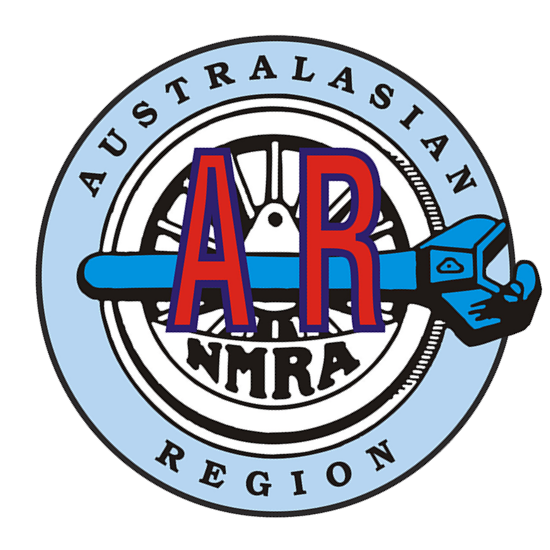HO by David Swinfield
After the fascination of an extensive clockwork O gauge Hornby layout as a child, my model railway activity suffered a long hiatus until about nine years ago.
My wife was incapacitated to the extent that I was uncomfortable pursuing outside interests and the thought dawned that a space in the foundations of our home might be utilised for a layout. Meeting John and Toni Saxon at a model exhibition I was introduced to the NMRA and the help and encouragement of its friendly members.
That led to a succession of layouts , each of which was modified and extended until two adjoining spaces were fully utilised; one 9 M x 2.5 M and the other 6 M x 5.M.
Still dissatisfied with all the improvements and extensions, in early 2006 both spaces were stripped and a wholly new layout was begun.
The inspiration for it is the New Mexico Division of the Santa Fe railroad through the Raton Pass from Trinidad , Colorado to Raton, New Mexico. Trains arrive in Trinidad from one end of staging that is taken to be La Junta and from the other end of staging trains run from what is taken to be Las Vegas to Raton. It takes about twelve minutes to run non-stop from Trinidad to Raton.
There is ample scope for switching, making up trains, loco service, and passenger operations at both Trinidad and Raton and there is the C & W Branch to a coal handling facility out of Trinidad.
The choice of that twenty two miles of the Santa Fe system was largely determined by the fact that it involved steep grades requiring the use of helpers over the 3% ruling grades to crest the top of the Pass with its famous tunnel.
The minimum radius is 762 mm in the yards and 1 M elsewhere with 1% grades on the curves, rising to the ruling grade on straight sections. Track and turnouts are code 100 by Peco.
I run a number of 2-10-2 locos hauling freights as were used extensively on that division and passenger trains hauled by multiple unit diesels. Trains are limited by the length of passing loops and sidings to 2.4 M.
Easy DCC permits the running of several trains and yard working simultaneously and is more than enough to keep ten or more operators busy for an hour or two. Chaos is kept to a minimum using train orders issued by a dispatcher controlling single line working and yardmasters are in control at both Trinidad and Raton.
A great deal of work is yet to be done with the installation of bridges, structures and scenery so it is likely to be a work in progress for a long time yet.
Planning took many months and I acknowledge that the facility with which the yards operate owes a good deal to the generous advice of Don Mitchell who happened to see my plans at an early stage and offered valuable advice.
